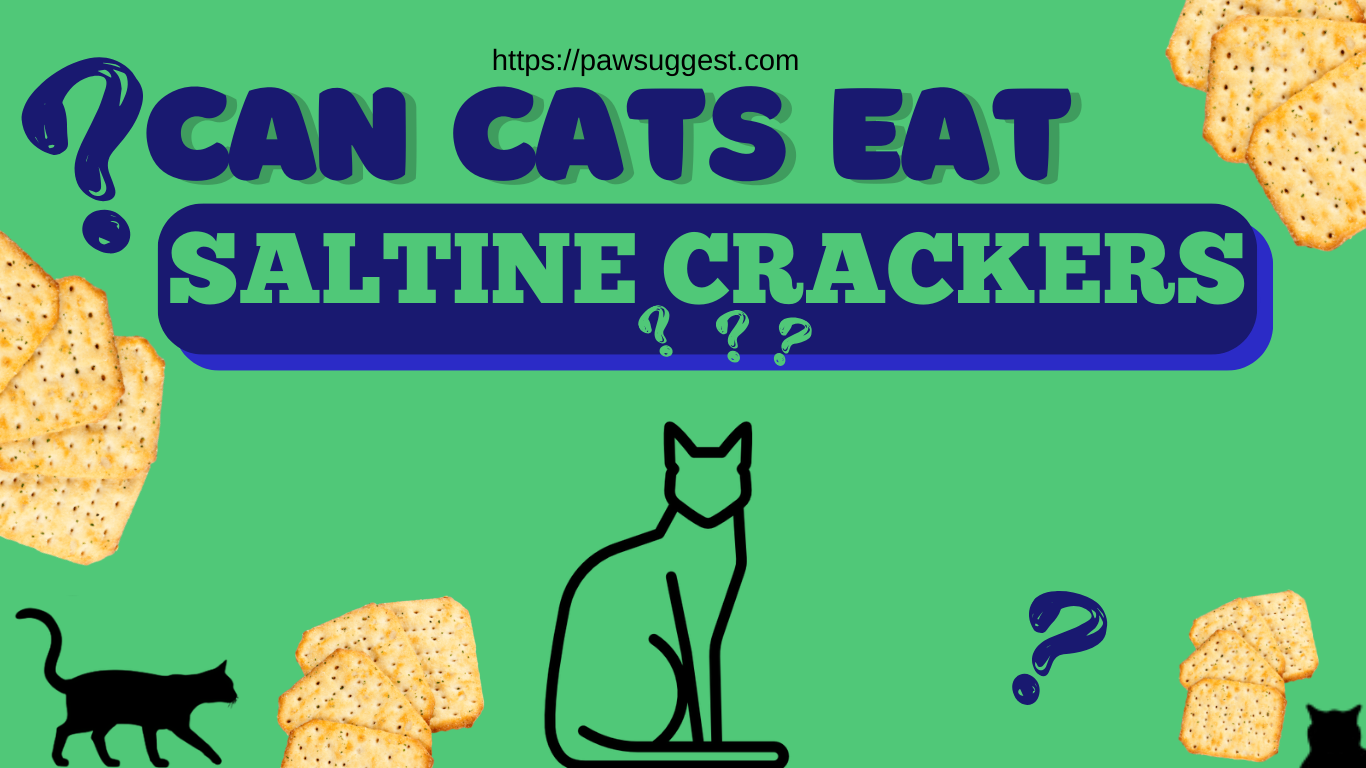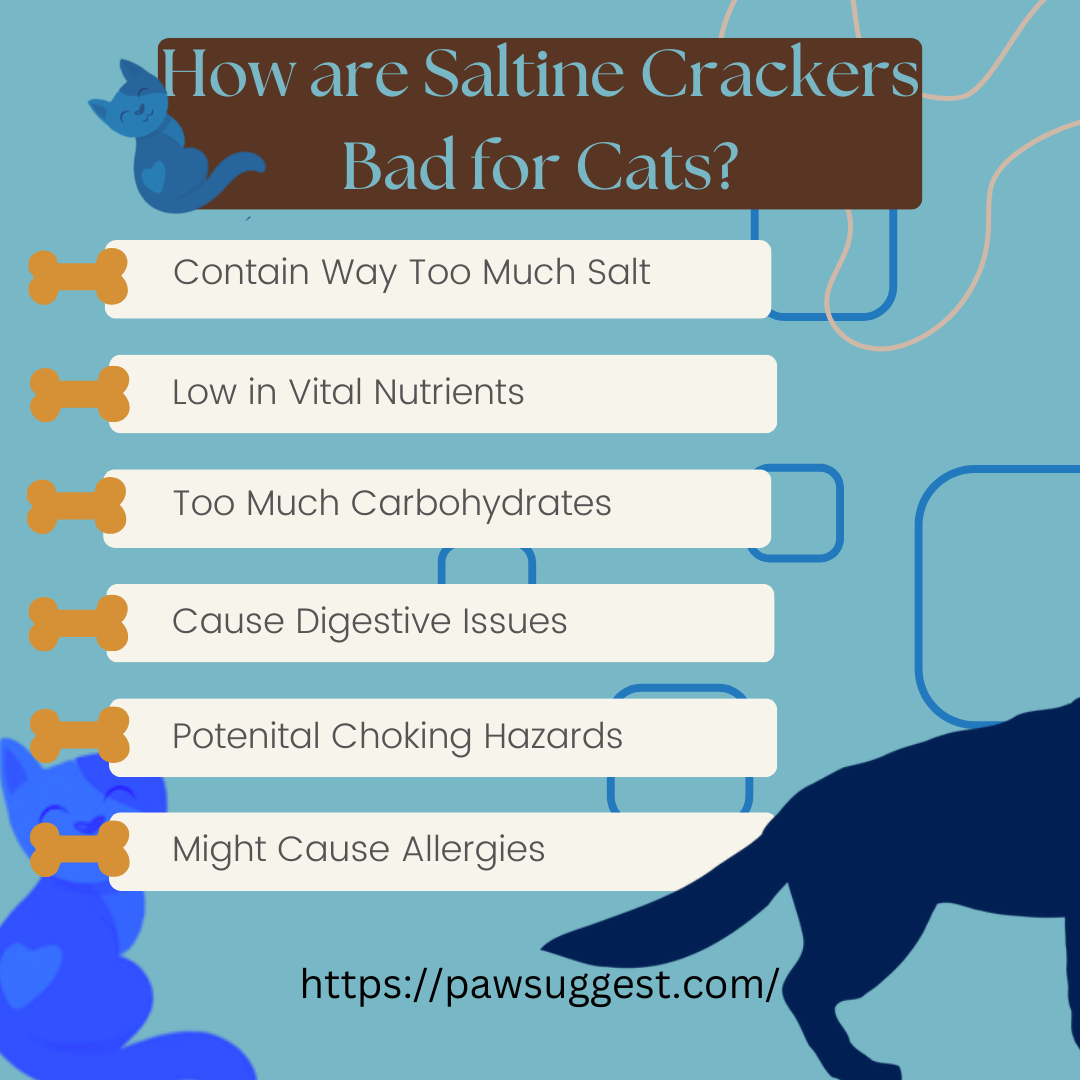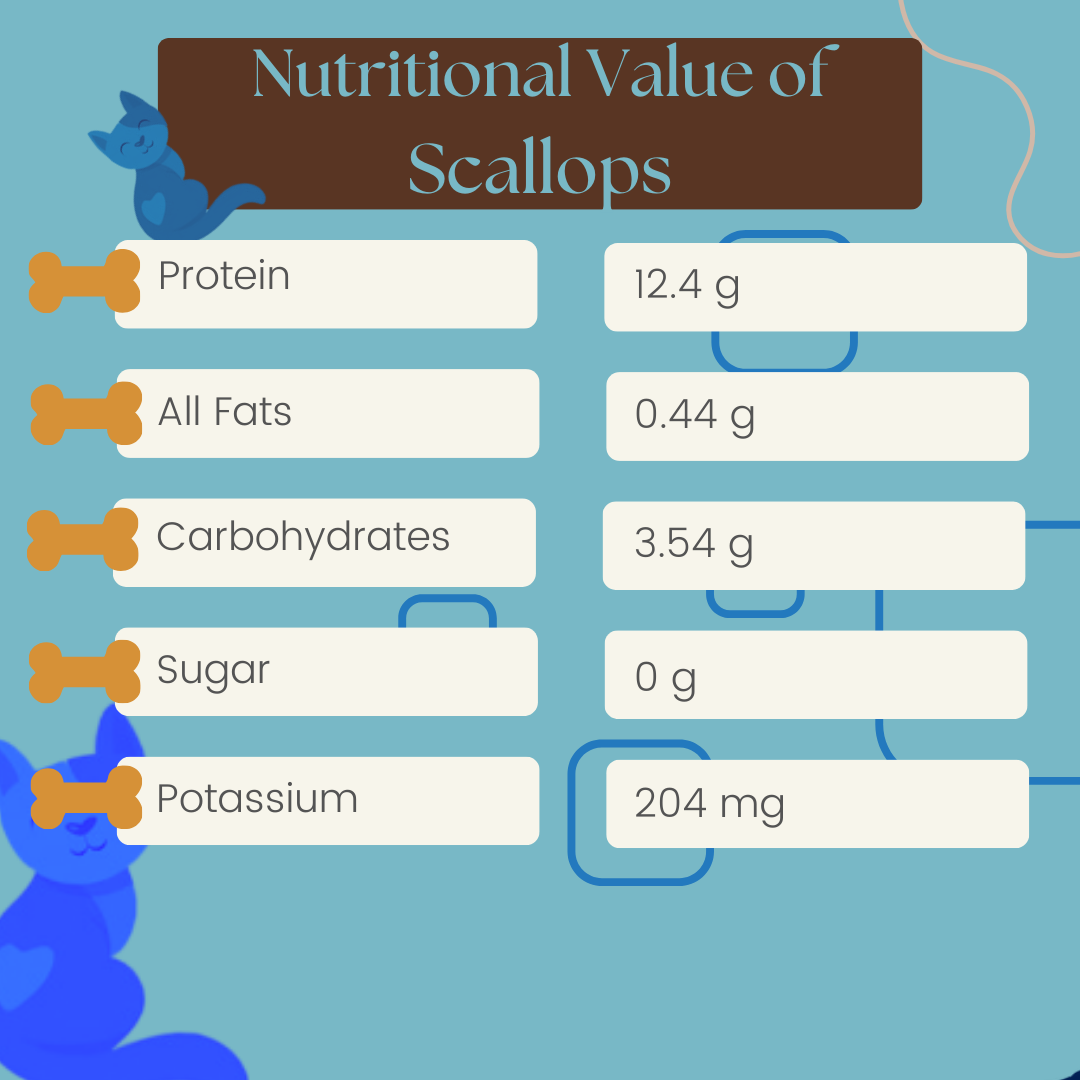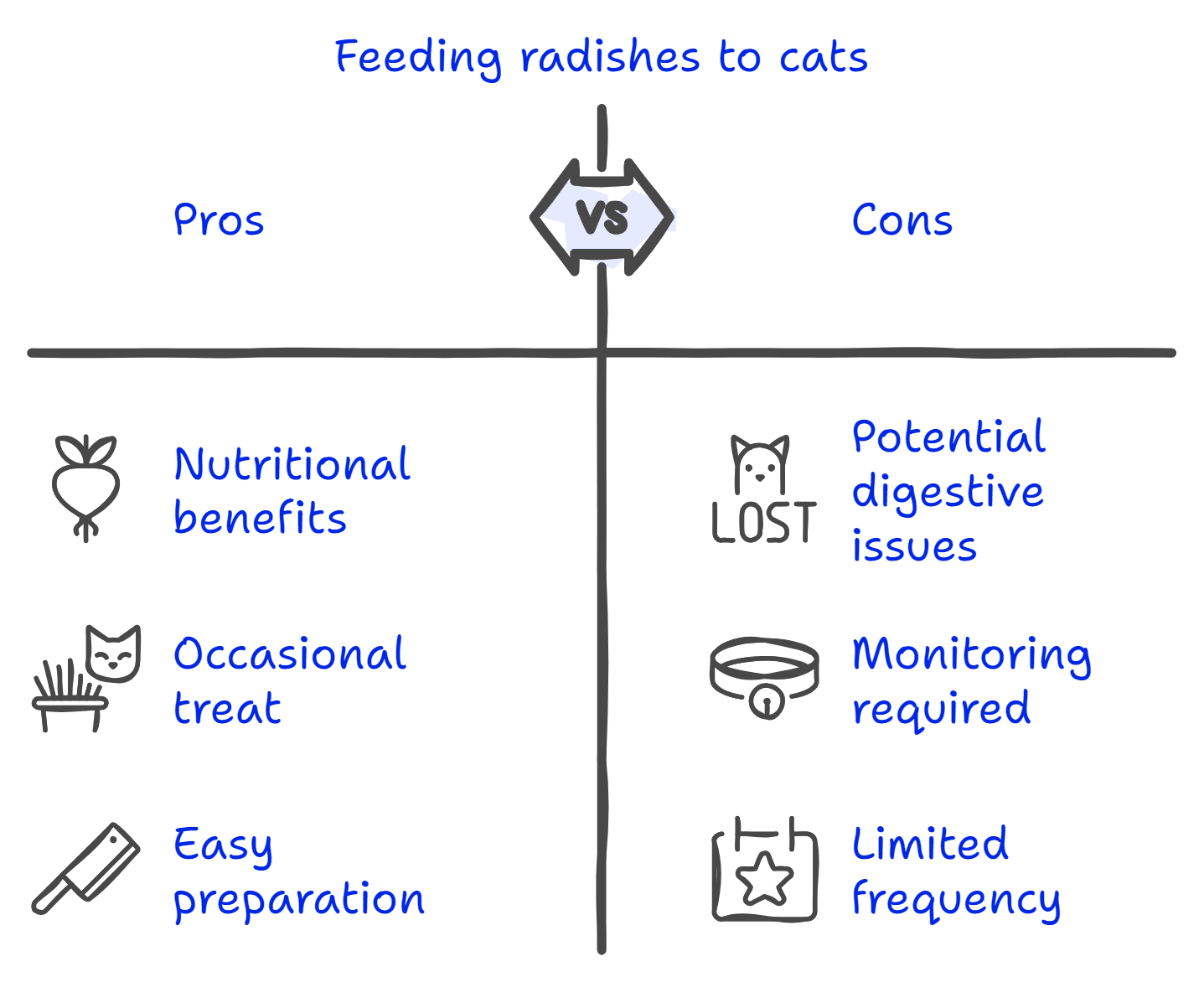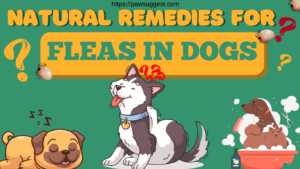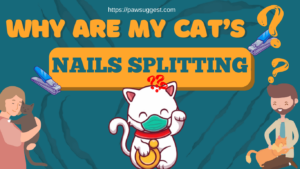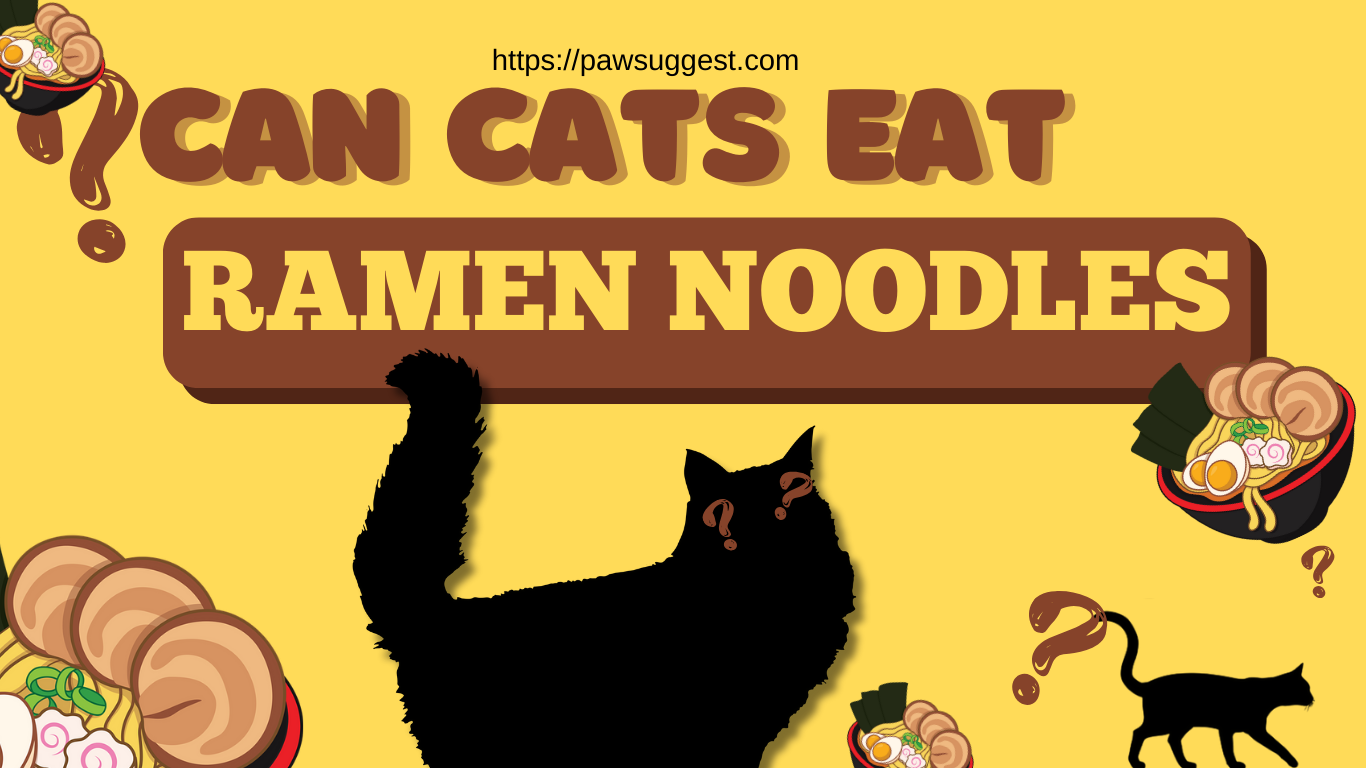
Noodles are wonderful and yummy meals that individuals of all ages can eat. But can your little paw friend also like them?
Yes! They can eat ramen noodles. However, feeding ramen to your cats is not recommended. It can be exceedingly dangerous to their good health and could lead to death if consumed in excess.
The flavourful scent of a steaming bowl of ramen might be appealing. But before you share a scoop with your furry friend, double-check that it’s safe for them or not.
The question stands: Can cats eat ramen?
Let’s look into this question and give you all the details you need regarding feeding ramen noodles to your cat.

Can Cats Eat Homemade Ramen Noodles?
[su_note note_color=”#EA5455″ text_color=”#000000″ radius=”18″]
You can feed handmade noodles if they are produced with low-sodium components. It does not contain store-bought sauces. If you want to create handmade noodles for your cat, guarantee the materials are freshly cooked.
Nevertheless, since they are carbohydrates, noodles aren’t the best food to give cats in the first place. Because they are obligate carnivores, cats don’t need carbohydrates to maintain their health. This was about only ramen noodles, but what about chicken noodle soup?
Although you can occasionally give your cat multigrain noodles as a treat, most of the time, you are just giving them extra calories.
[/su_note]
Nutritional Value of Ramen Noodles
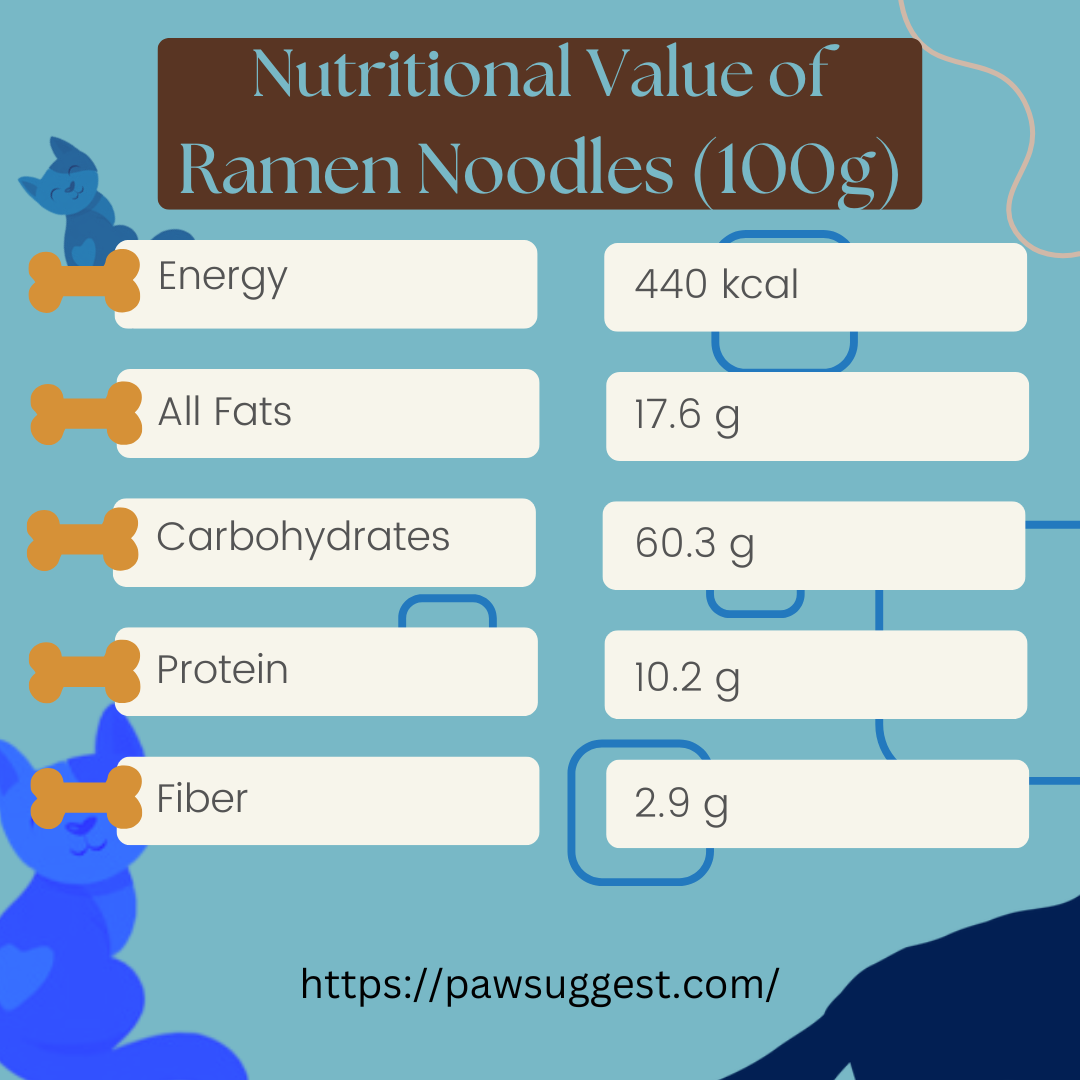
Reasons Why Cats Shouldn’t Eat Ramen Noodles
It might seem harmless to share a bowl of ramen noodles with your kitty companion. Still, cats should avoid this well-known human meal for several reasons.
It’s critical to understand the possible hazards and the reasons cats should not engage in this human delicacy.
Here are several solid reasons against feeding ramen noodles to cats:
● Nutritional Imbalance:
Cats are carnivores by nature. They eat prey heavy in protein, moderate in fat, and low in carbohydrates when they are out in the wild. It is also appropriate for us to feed our animal pals in such amounts. If your cat eats too many carbohydrates, obesity may result.
Ideally, cats should get less than 10% of their calories from carbohydrates. Ramen noodles, on the other hand, are primarily composed of carbohydrates with little nutritional value for cats. Feeding your cat foods that do not meet their nutritional needs can lead to health issues.
● High Sodium Content
Many types of ramen noodles, particularly those that are prepared quickly, are high in sodium. Cats who consume too much sodium may develop health problems like hypertension and kidney damage.
Vomiting and diarrhea are typically the initial indications of salt poisoning in cats. But there are a lot of other possible causes for these symptoms as well.
Lethargy, lack of coordination, increased thirst, a lack of hunger, and frequent urination are further symptoms of salt toxicity. In more severe situations, tremors, convulsions, coma, and potentially even death are possible outcomes.
● Additives and Preservatives:
The flavoring for Ramen noodles also includes preservatives, which might not benefit your cat. For instance, the phenol preservative TBHQ is present in many ramen varieties.
TBHQ can harm a cat’s liver because of its incapacity to digest phenols. Similarly, particular cats may react negatively to ingredients like artificial flavourings and MSG (monosodium glutamate).
● Toxic Ingredients:
Onions, garlic, and chives are found in most ramen noodles. For your cat, none of these foods are safe. Any form of onion—powder, raw, cooked, dehydrated, etc.- is dangerous to their health. Anemia can result from it breaking down a cat’s red blood cells.
Onion poisoning can result from eating big or even small amounts of onions on a regular basis. Onions are five times less potent than garlic, and chives can be fatal. Major health issues, including as organ failure and damage to red blood cells, can result from these chemicals.
Symptoms of Ramen Noodle Ingestion in Cats
In the unlikely event that your inquisitive feline sneaks a nibble at the ramen noodles, watch out for any possible ingesting signs.
Even while a tiny amount might not have serious effects right away, it’s still important to keep a close eye on your feline companion.
Here are some symptoms of ramen noodle ingestion in cats to watch out for:
- Fatigue
- Breathing problem
- Dropped Appetite
- Diarrhea
- Dehydration
- Unwell Stomach
- Vomiting
- Nausea
What Should You Do If Your Cat Health Become Unstable After Eating Noodles?
If your cat appears to be losing its health after consuming noodles, you should act quickly to protect its safety.
Here is the step-by-step guide you need to follow:
● Consider the circumstances:
First, pay close attention to your cat and record any symptoms or behavioral changes that they may be displaying. Examine the issue for illness, discomfort, or distress indicators and determine how serious it is.
● Get in touch with your vet:
As soon as your cat exhibits symptoms of illness or distress, get in touch with your veterinarian. Give a detailed account of the symptoms your cat is exhibiting, together with information regarding the kind and amount of noodles they consumed. Your veterinarian can provide you with advice on what to do next and whether you need to seek emergency medical assistance.
● Follow the veterinarian’s advice:
Your veterinarian might advise you to take regular care of your cat at home or suggest that you take them in for a comprehensive checkup. Pay close attention to what they say, and be ready to supply any more details they might ask for.
● Offer Comfort and Help:
As you await instructions from your physician, concentrate on giving your cat consolation and assistance. Provide them with fresh water to be hydrated and keep them in a calm, cozy space. Don’t give them any more noodles or food that belongs to humans.
● Observe Vital Symptoms:
Keep an eye on your cat’s vital indicators, such as their temperature, heart rate, and breathing pattern, if at all possible. Keep a record of any alterations or irregularities and inform your veterinarian of them.
Frequently Asked Questions (FAQs)
1. Can cats enjoy unseasoned, plain noodles?
Simple, flavorless noodles have little to no nutritional benefit for cats, even though they do not contain any dangerous components. It is best to follow a diet designed to satisfy their needs as carnivores.
2. Are there any safe ramen substitutes I can give to my cat?
Yes! Many cat-friendly foods and treats are available that are made especially to satisfy your pet’s dietary requirements. For advice, speak with your veterinarian.
3. Does Eating Ramen Noodles Help Your Cat’s Health?
Eating ramen noodles does not improve your cat’s health in any way. Even though they are a decent source of protein, the eggs in the noodles are not sufficient to balance out the unhealthy elements.
Final Takeaway
Ramen is not the solution. But if you’re seeking a fun and healthful snack for your cat, there are many healthful substitutes, like plain fish, eggs, and chicken.
But if you just give your cat fresh water, high-quality cat food, and nutritious treats, they will have fewer issues.
Thus, the next time you’re craving ramen, consider giving your cat a quick scratch behind the ears instead of these noodles. The love will mean more to them than the ramen noodles. And, remember, a happy and healthy cat is a well-fed cat.

